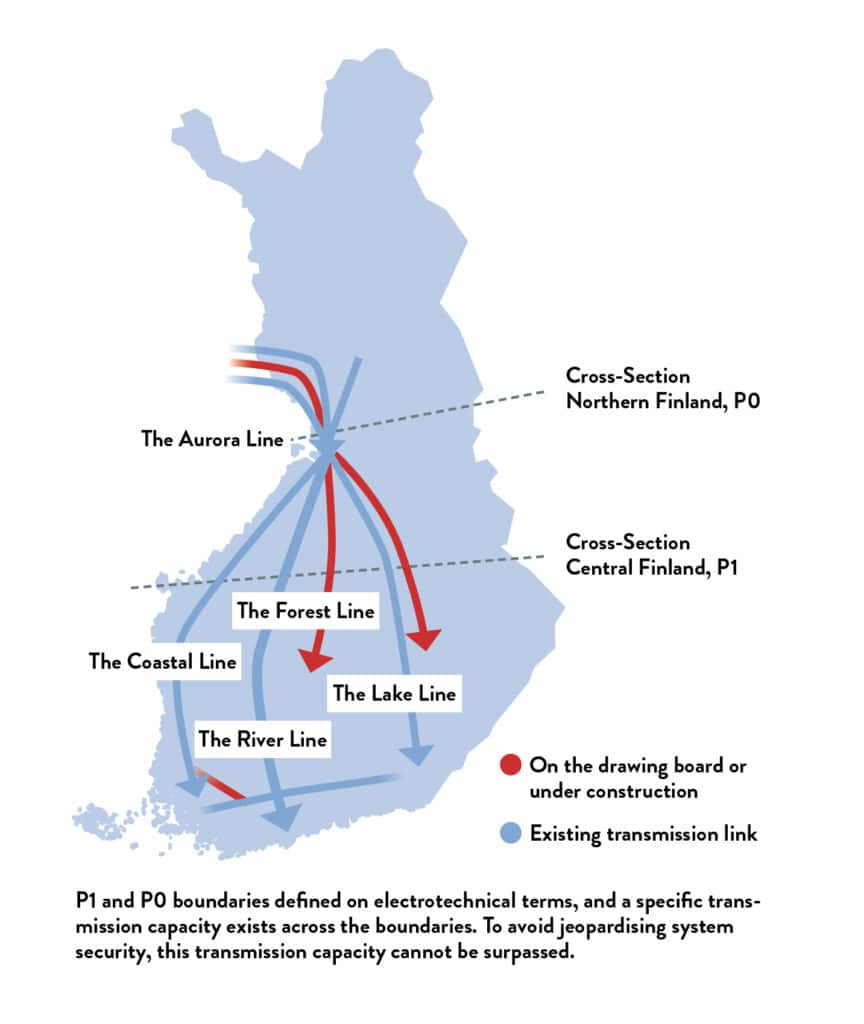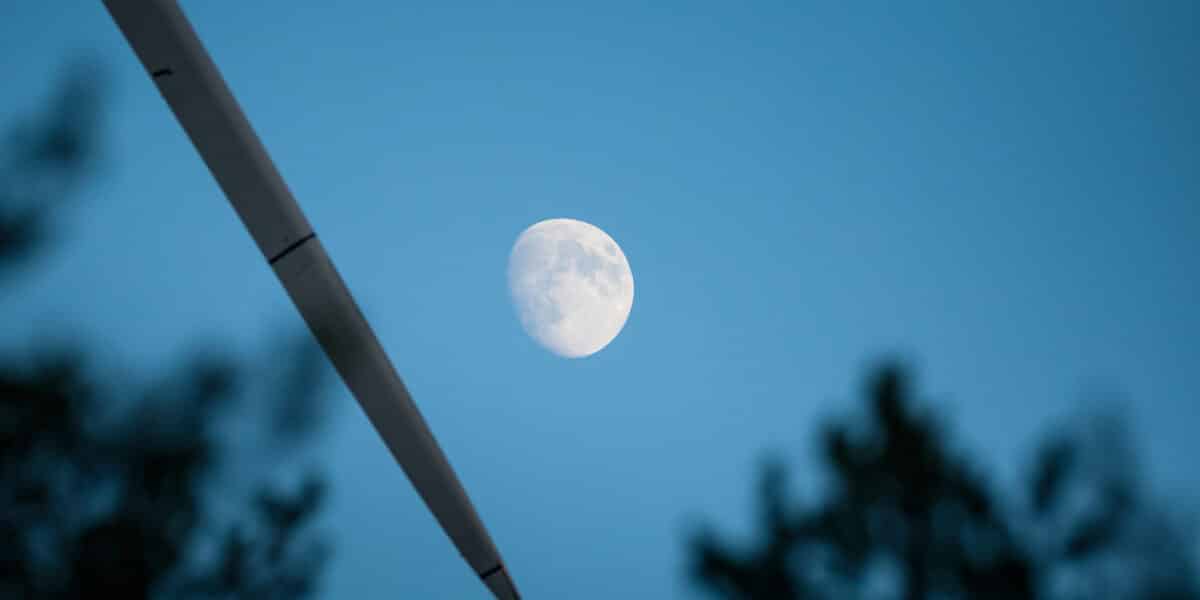The energy revolution and the electrification of society are proceeding at pace.
While demand for electricity in the south of Finland grows, new wind power projects are shifting the focus of electricity production to the north of Finland. The electricity produced in the north of the country needs to be transmitted efficiently to consumption centres in the south.
Fingrid aims to ensure that Finland retains its uniform price area in the electricity wholesale market. This will require robust transmission connections between the north and the south.
“In the future, the locations of the cross-sections may change slightly, depending on factors such as the volumes of electricity production and consumption and the development of the grid,” says Janne Seppänen, Senior Expert at Fingrid.
“It is also possible that increases in wind power production in Ostrobothnia and the Bay of Bothnia will necessitate new cross-sections.”
Climate goals require a strong main grid
In order for Finland to reach its climate goals, industry, heating, and transport will need to be electrified, and the volume of emission-free electricity production must increase substantially. This requires a strong main grid.
“Over the next ten years, demand for electricity transmission is likely to double or triple.”
“The need to transmit electricity over the cross-sections increases sharply in all the future scenarios we have examined. Over the next ten years, demand for electricity transmission is likely to double or triple,” Seppänen points out.
The locations of electricity production and consumption facilities within Finland are the main factor influencing the rate of increase in the need for transmission.
As wind power production becomes more common, momentary peaks in transmission will become more frequent. The scenarios indicate that the highest demand for electricity transmission will only take place for about 100 hours per year. This represents approximately one per cent of all transmission situations.
Fingrid is also building transmission lines
At present, four 400-kilovolt transmission lines go through Cross-Section Central Finland, and three go through Cross-Section Northern Finland. Over the next ten years, Fingrid will invest a record EUR 3 billion in the main grid.
The plans include the construction of four new transmission lines over Cross-Section Central Finland. The Forest Line from Petäjävesi to Oulu will be completed this year. Plans are currently being made for Lake Line 2 and Forest Line 2, which will follow the paths of previous transmission lines, as well as a transmission line from North Ostrobothnia to Southern Finland.
Fingrid is building two new transmission lines over Cross-Section Northern Finland, one of which is part of the Aurora Line, which will cross into Sweden.

Series and shunt compensation to cover peaks
Building new transmission lines is not the only way of catering for the largest transmission peaks: from the economic and land-use perspectives, more efficient means exist.
Every transmission line that goes over the Central Finland and Northern Finland cross-sections now has series compensation. In addition, shunt compensation is currently being installed to boost the electricity transmission capacity over Cross-Section Central Finland. This project will also have a positive effect on Cross-Section Northern Finland, and the first phase is due for completion in 2023.
“This is a quick, cost-efficient and environmentally-friendly way of enabling hundreds of megawatts of additional capacity without building new transmission lines,” Seppänen says.
Furthermore, Fingrid is studying the use of Dynamic Line Rating (DLR) technology to measure the current-carrying capacity of transmission lines in real time, as well as flexibility in production and consumption.
The transmission capacity over Cross-Section Central Finland is currently limited by factors such as the drop in voltage at substations south of the cross-section following a dimensioning fault.
Transmission lines in Finland
There are four 400-kilovolt transmission lines between Southern and Northern Finland:
• The Coastal Line from Turku to Keminmaa
• The River Line from Helsinki to Oulu (2 x 400 kV)
• The Lake Line from Lappeenranta to Oulu
• The Forest Line from Petäjävesi to Oulu (currently under construction and is due to be completed in 2022)
Plans are currently being prepared for Lake Line 2 and Forest Line 2, which will follow the paths of previous transmission lines. Fingrid also intends to build a fourth transmission line from Jylkkä to Toivila via Alajärvi.
Two new transmission lines are under preparation over Cross-Section Northern Finland.
The new Aurora Line connection, which is being built by Fingrid and the Swedish transmission system operator Svenska kraftnät, will be completed in 2025. It runs from the latitude of Oulu via Ylitornio to
Sweden.
Fingrid is also planning a new transmission line from Petäjäskoski to Nuojuankangas.






